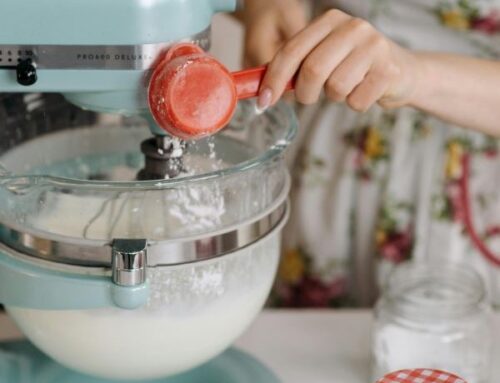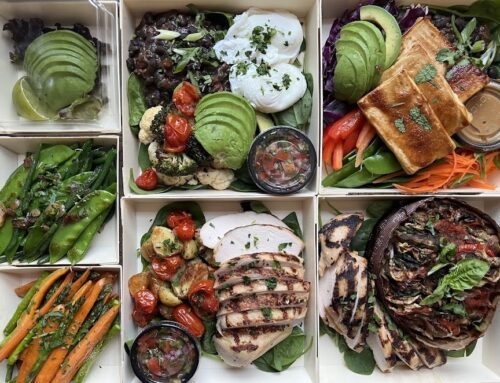Room Temp?! In Summah?!
 Summer on the east coast has three distinct phases or acts. It creeps in from spring, coasts along at its peak, with long hot days and lovely late afternoon thunderstorms, and eases into the proverbial dog days of late summer, languid and humid. It’s a season where refrigeration – what old-timers call the icebox – comes in handy in the form of air conditioning, cold beverages, and the New Jersey tradition of ice cream evenings after mind-bending hot days. But the more you learn about food the more you realize that many things we put in the fridge out of habit don’t necessarily need to be there. Let’s explore room temp.
Summer on the east coast has three distinct phases or acts. It creeps in from spring, coasts along at its peak, with long hot days and lovely late afternoon thunderstorms, and eases into the proverbial dog days of late summer, languid and humid. It’s a season where refrigeration – what old-timers call the icebox – comes in handy in the form of air conditioning, cold beverages, and the New Jersey tradition of ice cream evenings after mind-bending hot days. But the more you learn about food the more you realize that many things we put in the fridge out of habit don’t necessarily need to be there. Let’s explore room temp.
Origins of the Icebox
The modern refrigerator is actually relatively new in the human odyssey if you look at the big picture of our millions-some-year journey out of Africa. Even well into the 20th century, rural locations in the American deep South still had literal iceboxes (primitive refrigerators) and ice men who did an iceblock route akin to an old-fashioned milk route. Recall that Chef Becky’s humble beginnings were on a milk route! Icemen of the deep south would use giant tongs and hay to deliver ice, using picks to customize size. Tennessee author William Gay has a darkly comic short story, “The Iceman,” about a hungover ice delivery man whose route goes comically, dangerously awry in the hollers. As refrigerators became fancier and more ubiquitous, people put more things in them than they normally would, in the excitement of new technology.
“Refrigerate After Opening”
Products nowadays come with a now-familiar phrase that most of us can recite in our sleep: “refrigerate after opening.” But many foods don’t actually scientifically require it, and taste better when at room temp: yogurt, cheese, beer, hot sauce, kombucha, ferments, uncracked eggs– to name a few. Room temp is technically between 68 – 74 F. Many foods are living, such as the ones mentioned – and just like – humans have a sweet spot for temperature when they’re at their best. You will notice a remarkable difference with cheese, butter, beer, hot sauce, and yogurt specifically. “Cake is noticeably better at room temp!” Chef Becky notes.
Live Dangerously, but Remember Food Safety
A good rule of thumb with food is that the nose truly knows. In a digital screen age with delivered and processed foods, we’ve lost a lot of our smell intelligence, but smell is the primary sense for many animals who rely on it for survival. The nose – as covid taught us – leads right to the forebrain, so trust your nose with food. Summer is a challenging time with its high temperatures, so don’t leave those deviled eggs out in the sun. Use your head. But letting what you’re eating come up to (or down to, if frozen) room temp will bring out flavors, textures, and aromas you didn’t notice before, and this develops your palette – which is good for the brain. “Desserts are tricky because they’re often fragile and temperature-sensitive,” Chef Becky says, “but go for room temp to unlock flavors and the dessert’s essence” she advises.
British vs American beer temps
You’ll notice that British pubs serve beer, for example, at a far warmer temperature than America does, which is actually the proper way to enjoy a brew! The smart American beer drinker will order two pints and get one on deck to warm up. The temp difference is palpable. Take advantage of New Jersey’s statewide BYOB policy and bring your own to Bex. We’ll provide the eats and ambiance.
Come check out Bex’s pastries and sweets – made by hand with care, from scratch. Grab a cool beverage on a hot day or a hot coffee on a chilly morn. We’re here for your needs, at the cafe and ready to cater special events. Happy summering and happy eating!







